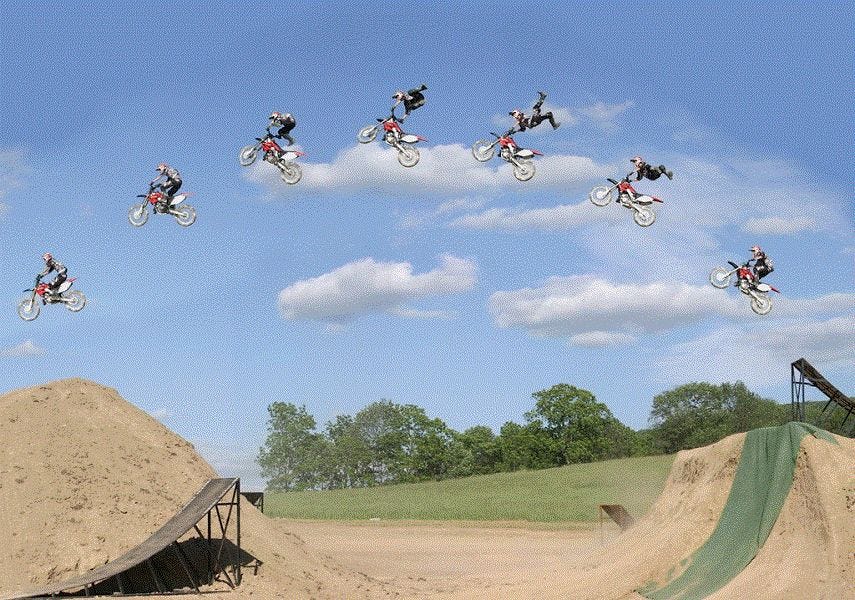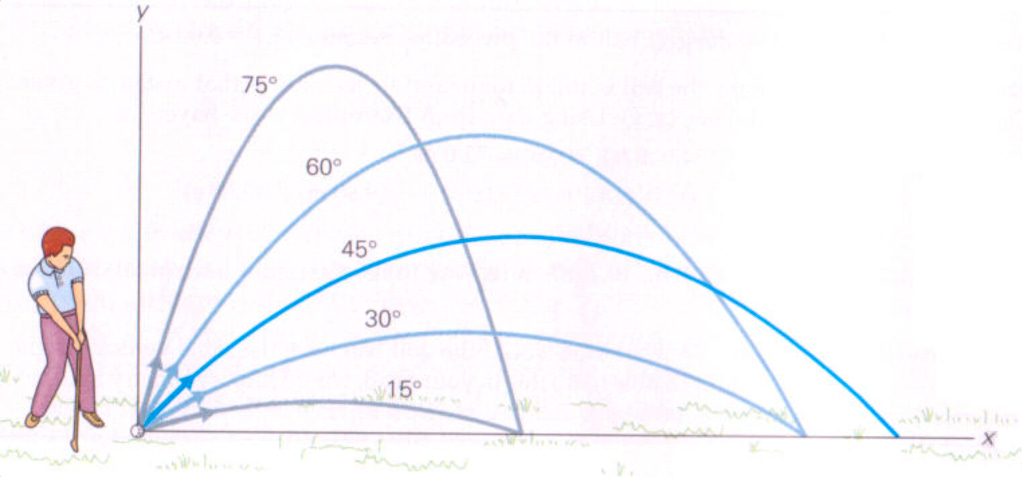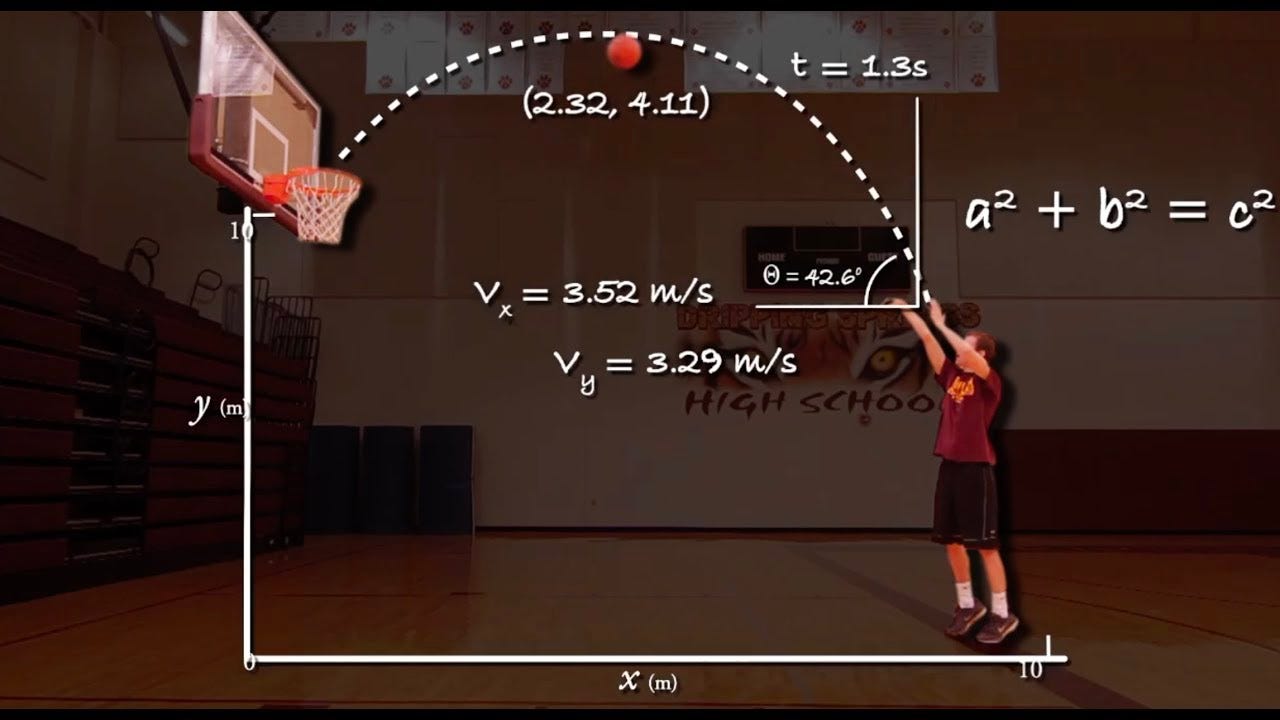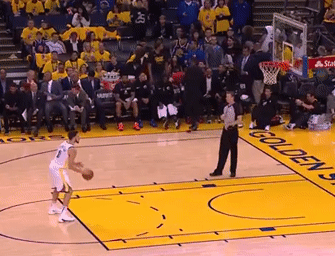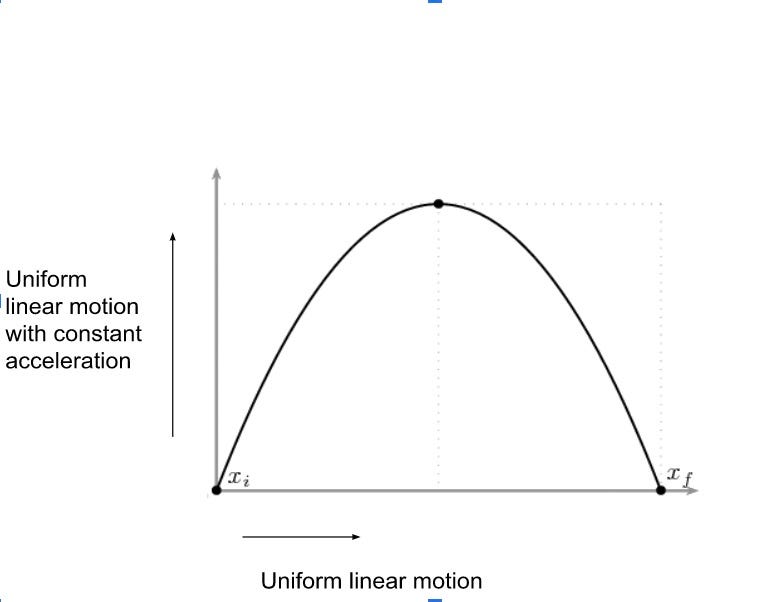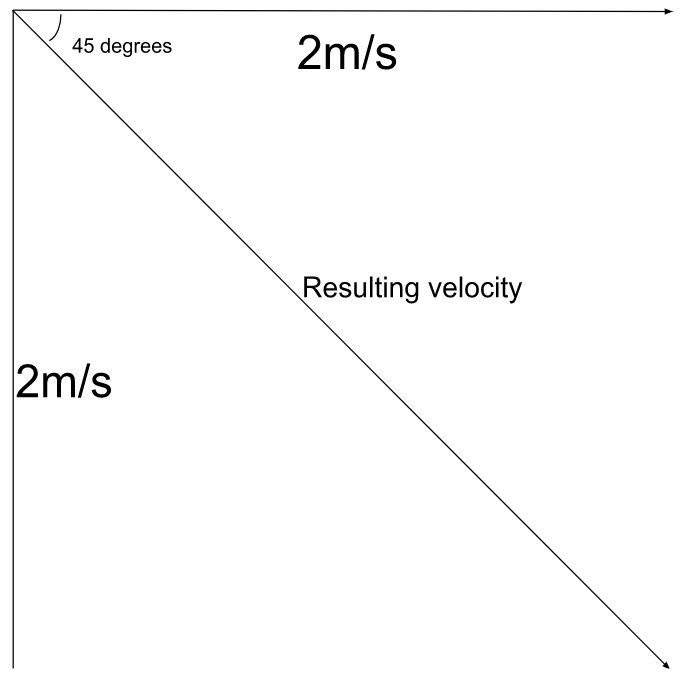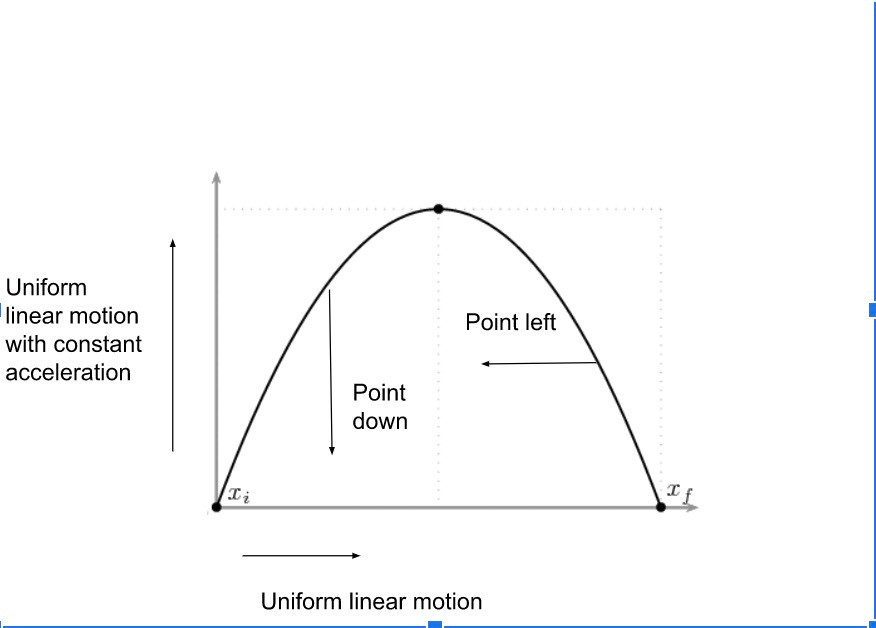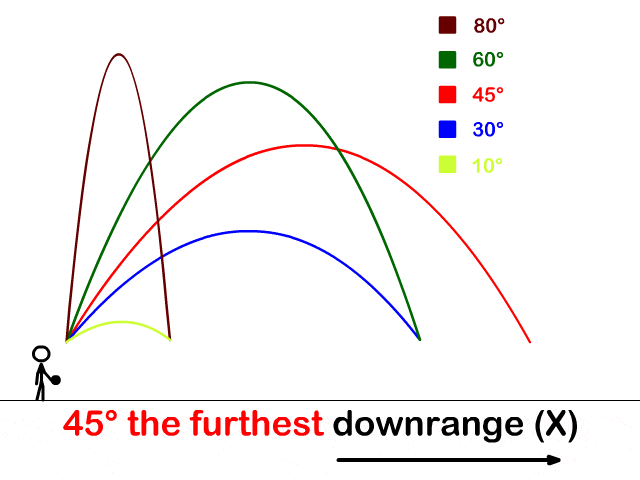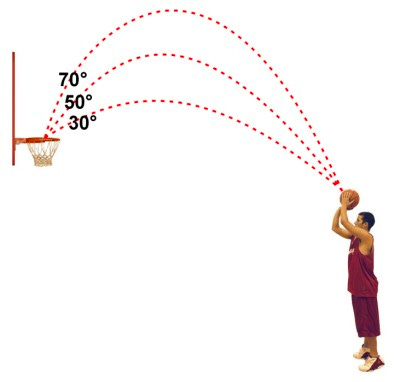Projectile motion: Art of flying
What is projectile motion? It is a name that may be well-known and heard millions of times in sports, your physics textbooks, and even your Math test. Let me introduce you to this universal kinematics phenomenon; perhaps, you can look at it in a new way after reading this passage.
Sometimes, the terminology might be the best place to start understanding physics concepts. “Projectile,” in the dictionary, means a missile designed to be fired from a rocket or gun. Then, projectile motion simply means the trajectory or the behaviour of that missile after it is fired.
Well, you might say, it’s no longer WW1 or WW2; then how do we see this motion happening daily? Well, this type of motion occurs almost every instant somewhere in the world. Personally, I am a golfer and a basketball player.
In golf, after the impact (the club touches the ball), the ball flies in a trajectory of a projectile motion (well, almost, because there is some complex aerodynamics of the ball caused by its spin and dimples that make it deviate from its original flying path).
In basketball, when Klay Thompson or Kyrie does a free throw, the basketball travels in a perfectly calculated projectile motion and jumps into the hoop. This projectile motion is happening in baseball, volleyball, shot, javelin, and so many other sports.
Now, what are some interesting characteristics of this projectile motion? Let’s look at it more analytically.
Projectile motion is essentially a combination of movement in two dimensions—a horizontal dimension and a vertical dimension. Now you might see projectile motion as an integrated movement of an object curling on the plane. In fact, this two-dimensional curling movement is a sum of two movements on the horizontal dimension and vertical dimension, respectively.
This might sound a bit confusing, but let me explain.
Projectile motion is ultimately a combination of a horizontal uniform linear motion and a vertical uniform linear motion with a constant acceleration.
Uniform linear motion means that the object has a constant velocity, moving on a straight line and will stay the same throughout the entire movement. A uniform linear motion with constant acceleration means that the object’s velocity changes at a constant rate while moving on a straight line.
Then where does the curve come from?
Consider this case, you are moving to the right at 2m/s, and at the same time, you are also moving downward at 2m/s. Then, which direction are you moving? And with what velocity are you moving?
The result should be like what is depicted on this diagram. If you are going right and down simultaneously, you are going down-right, which is Southeast. And since your velocities in both directions are constants, the resulting velocity would be a straight line because no side is influencing the resulting velocity to follow its change and curve all over the place.
However, In the vertical direction of projectile motion, there is gravity, which exerts a force on the object. Force then gives the object acceleration, as determined by Newton's second law---F=ma. Then, the vertical velocity will not be 2m/s anymore; instead, it would be a changing velocity relative to the time modelled by 2m/s+gt(you don’t have to know this).
With changing velocity in the vertical direction, the resulting velocity would be a curvature that curves toward the side with greater velocity.
When the object goes upward, the vertical velocity decreases to zero because gravity keeps pulling the ball downward, making it unable to rise anymore. That's why the curved side points to the horizontal axis because the horizontal velocity is relatively greater, and it is in command.
The vertical velocity increases when the object goes downward because gravity keeps accelerating the ball. That's why the curved side points a bit to the y-axis since the vertical velocity is in charge now, and he gets the steering wheel.
Now, congratulations, you just successfully dissected the projectile motion into smaller parts. And as long as you understand that projectile motion is a combination of horizontal linear uniform motion and vertical linear accelerating motion, you have the intuition to analyze projectile motion problems in the real world or in physics tests.
There are also some very interesting characteristics of projectile motion. I will list a few here (I include the mathematical derivation here, you can give a look if you would like to).
The time it travels in the air is irrelevant to its horizontal velocity—it is purely relevant to the vertical component of the velocity.
It will come back to the ground at the same angle as your launch angle(no air resistance).
3. The object travels the furthest when it is 45 degrees to the ground.
PS.
As a basketball maniac, my coach always tells me to increase my launch angle when shooting. It makes sense. Why do you want to make the ball fly on a flat line so it might get rimmed? Would it be better to increase the launch angle so the ball would fall vertically into the net and be less likely to touch the rim?
However, you cannot get the ball too high, or you will get an AIRBALLLLL!!!
Source:
https://tomrocksmaths.com/2021/11/01/golf-and-projectile-motion/
https://bballshooting.wordpress.com/2014/03/11/what-makes-the-swish-technique-different/
https://studiousguy.com/projectile-motion-examples/
https://www.dw.com/en/iran-fires-missiles-during-drills-in-warning-to-israel/a-60253795
https://stickmanphysics.com/stickman-physics-home/two-dimensional-motion/projectile-motion/

